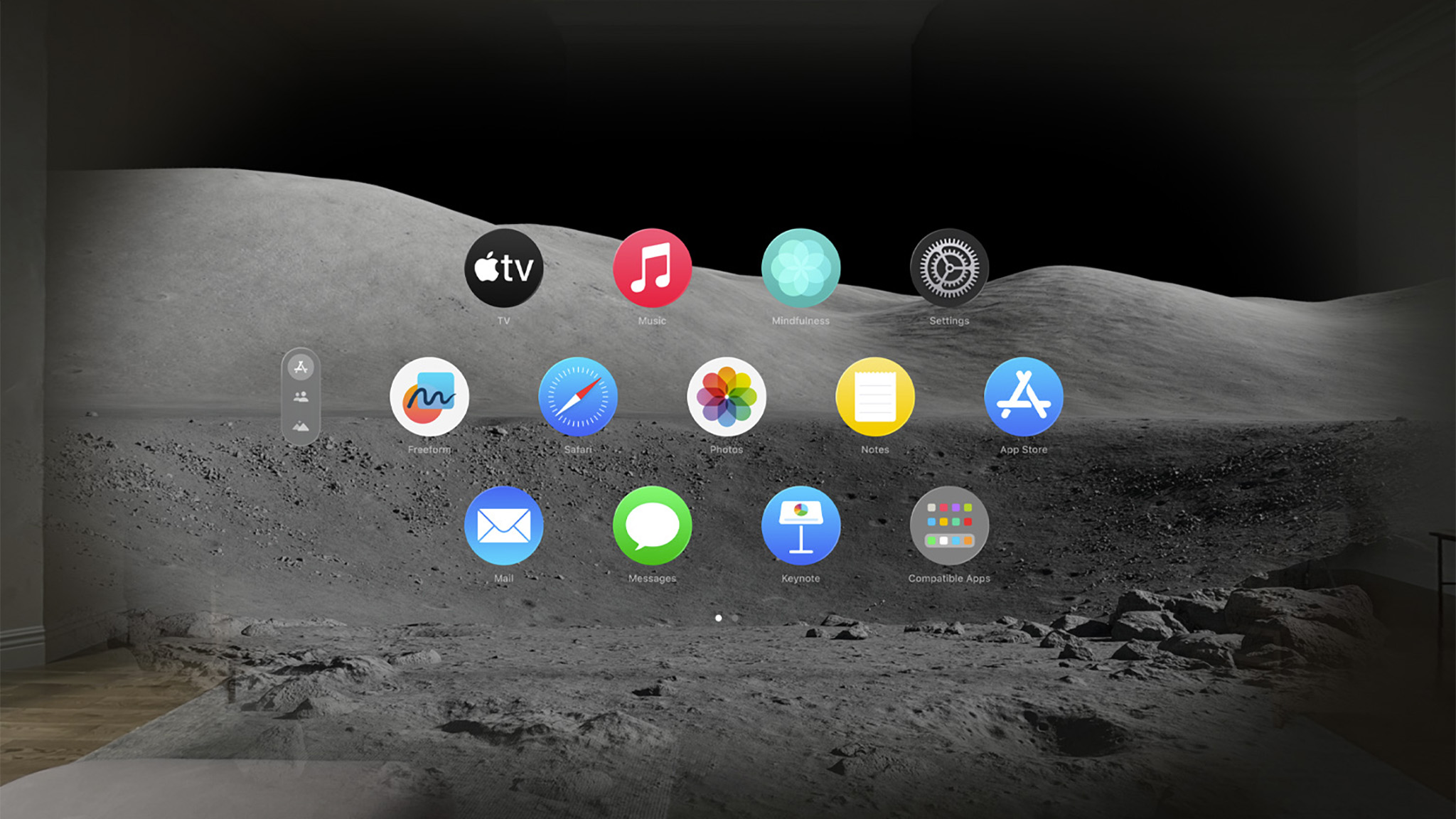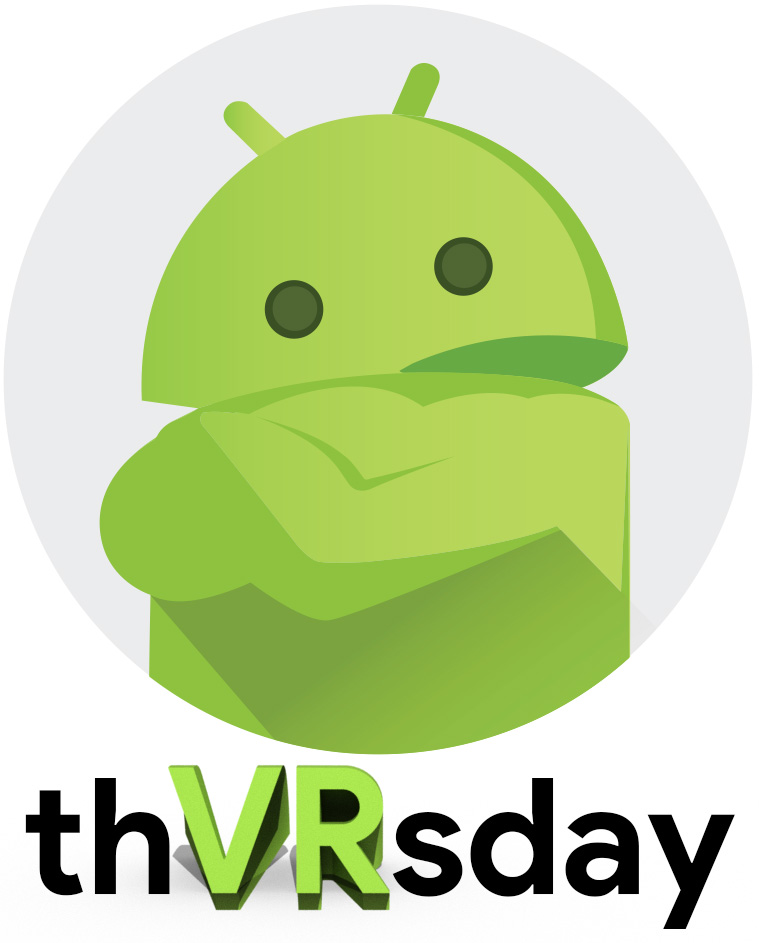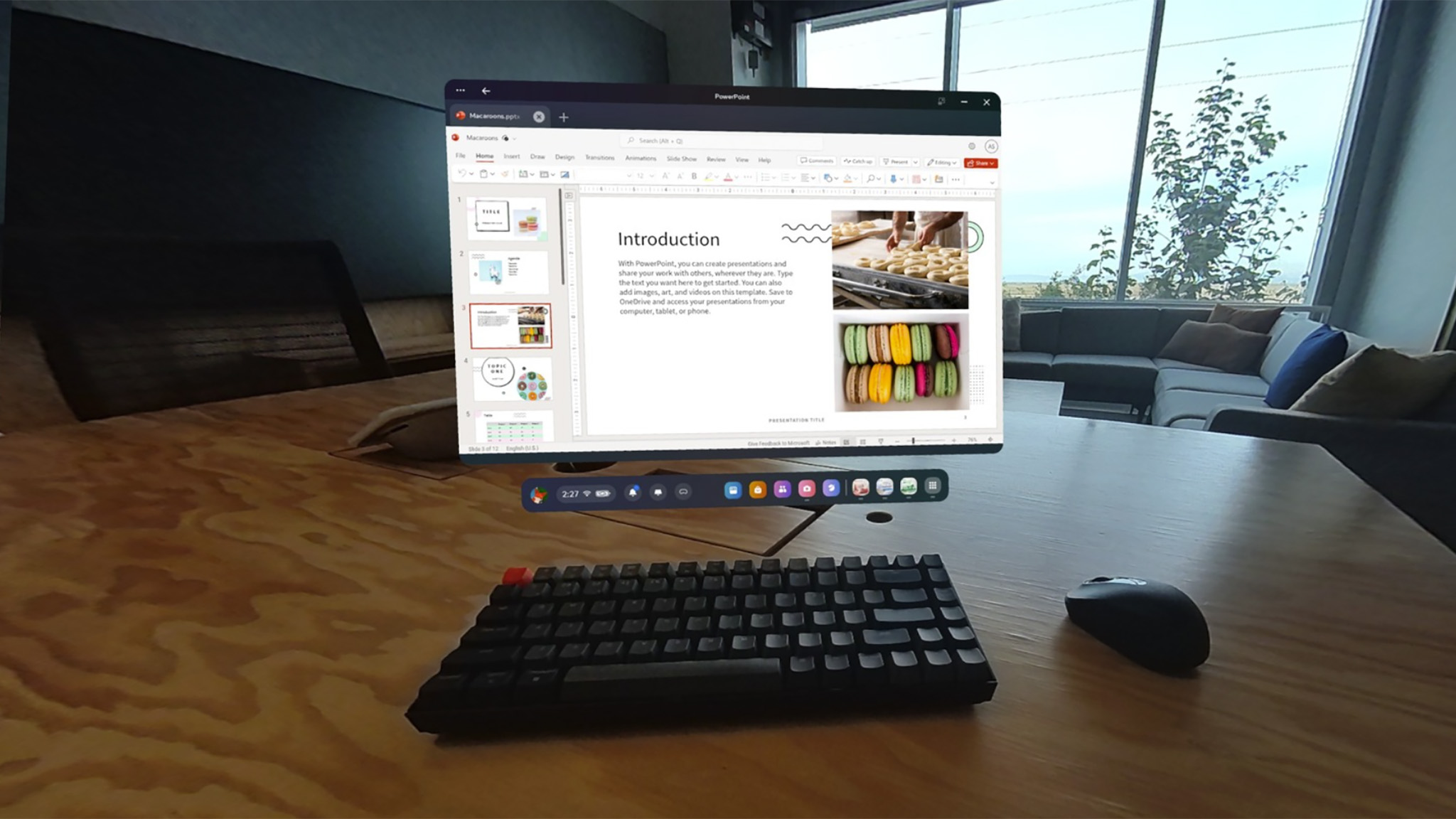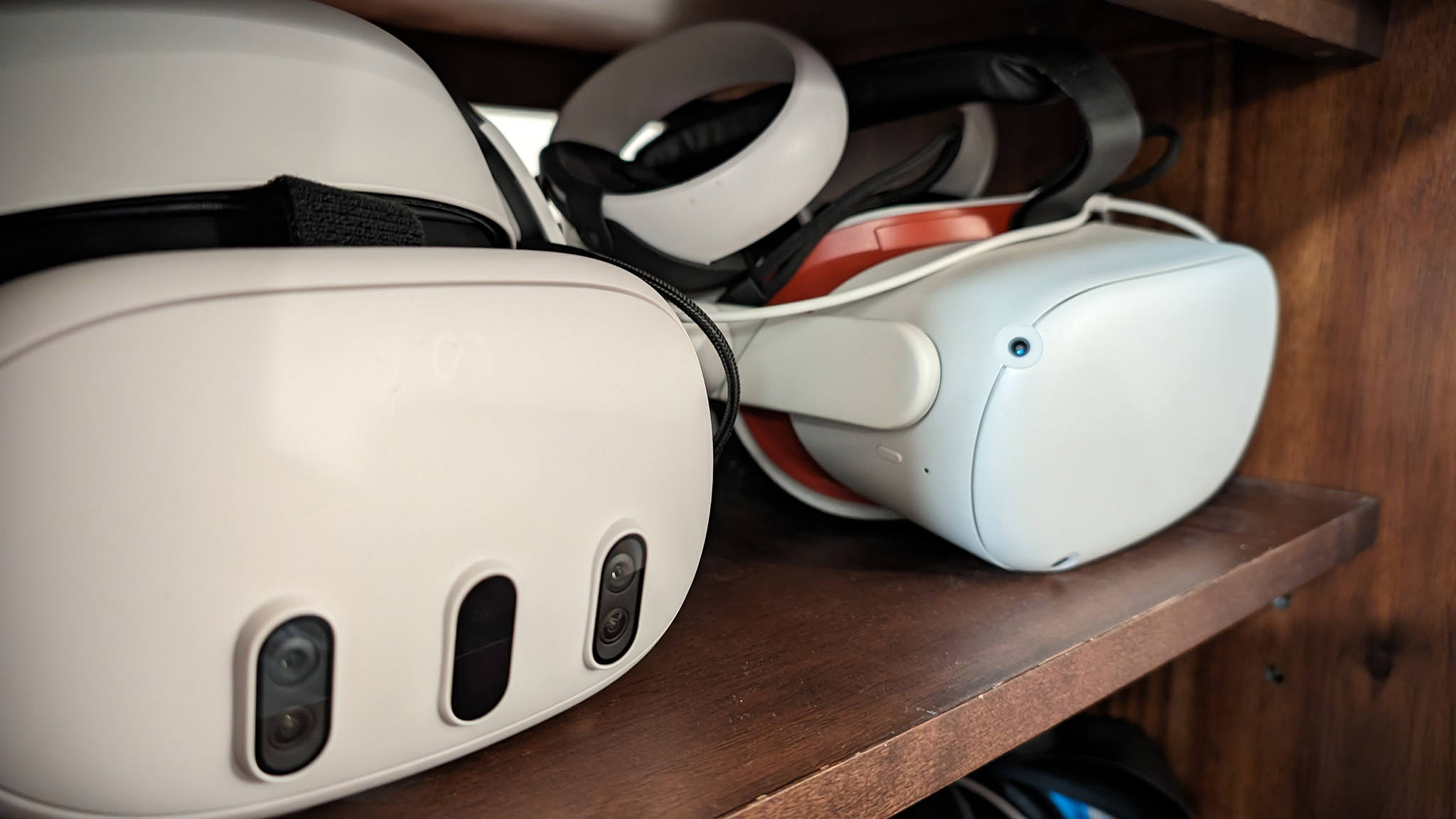
Even with the odds stacked against you, success can be met with the right combination of external forces. For a product like the Apple Vision Pro, success is already in the works despite having very little actual "vision" behind the product.

In his weekly column, Android Central Senior Content Producer Nick Sutrich delves into all things VR, from new hardware to new games, upcoming technologies, and so much more.
When I asked several people in the tech sphere about the Apple Vision Pro's purpose — from journalists to developers — no one was really sure what Apple has planned for the future direction of its first don't-call-it-a-VR-headset VR headset. But none of that mattered beyond the fact that Apple was entering the XR industry.
Apple claimed that over one million iOS apps could run on its headset from day one, meaning developers wouldn't have to spend extra R&D to get existing apps working on Apple's latest hardware. But some threw a pie in Apple's proverbial face, with companies like Netflix, YouTube, and Spotify not only promising they won't make Visio Pro apps but going so far as to disallow their existing iOS apps from running on Vision Pro.
But many in the industry know it's a matter of time before they realize it's going to be worthwhile to support the future of virtual interaction. Those few negative actions are a minor blip in the larger scheme of things and, based on the sales numbers we've already seen from Vision Pro preorders, things are about to get virtually real.
Would you like a side of apps with that?

Very few people might remember — or even know in the first place — that the iPhone launched without the App Store. The concept didn't debut until a few months after launch, but that didn't stop people from seeing and imagining the possibilities a product like the iPhone had on launch day.
Fast forward to many years later, and Apple would launch another product without a full "vision" of what it would be best for: the Apple Watch. Apple launched the product with some fitness features, but the company had no idea that fitness would become the main function of the watch. Subsequent product releases proved that fitness, not apps, was what people wanted.
Similarly, Meta had no idea people would want to use the Meta Quest 2 for fitness when it launched, yet that very function would go on to sell millions of units and help people keep in shape while they were cooped up indoors during a global pandemic.
Apple doesn't seem to know what the Vision Pro is made for, but that's not stopping people from buying it in droves.
For the last two major product launches — Apple Watch and iPhone — developers flocked to design tailor-made apps for the hardware. This time around, things are a tad different. Apple tried to beat developers to the punch by including all iOS apps, even though they were never made for VR to begin with.
Turns out, developers don't like having their apps shoved into new form factors, especially when they are streaming services with content licenses and quality assurance standards for streaming quality. Apple's concept of running existing iOS apps on Vision Pro made sense for consumers but not so much from a developer standpoint.
With that said, there's no cause for concern just because a few companies aren't ready to drop R&D dollars for the development of apps on an unproven headset. Preorder numbers are already proving that Apple's entry into the market was the right move.
Preorder numbers are already proving that Apple's entry into the market was the right move.
As of this writing, analysts estimate that Apple Vision Pro has already sold around 200,000 units. Vision Pro's retail price begins at $3,500, meaning Apple has pulled in at least $630 million dollars in revenue by extremely conservative estimates, and the product itself doesn't even launch for another week (February 2).
Not only that, but Vision Pro is extremely supply-constrained for the foreseeable future. Back in June 2023, The Elec said Apple wouldn't be able to make even one million headsets in 2024, and other analysts have confirmed similar numbers. Despite this, the high price of the headset and the fact that Apple potentially makes $2,000 in profit on every headset sold means the company will come out winning no matter how many it can make.
A few developers have shunned Apple while others, like Microsoft and Disney, are all-in on spatial computing.
And while the early adopters of Vision Pro might get a little bored with their headsets after the first few uses, developer interest in Apple's "spatial computer" is incredibly high.
Most developers I've talked to are either planning on supporting Vision Pro in the future or already have projects in the works, meaning the current lack of apps or guidance from Apple is little more than a stumbling block on a long path toward the future.
Some apps, like Microsoft Office, are already far better on Vision Pro than they are on Meta Quest headsets, which makes me wonder what the future of apps on non-Apple headsets will be like.
Waiting for the right thing

By all accounts, Meta's launch of the Oculus Quest 2 proved that people are very interested in VR headsets. They were just waiting for the right product to come along at the right price, and here's the only part where Apple is showing any kind of weakness.
It's clear to me — and many others that I've talked to in the XR industry — that Apple has no idea what its headset is truly made for. Sure, the company shows slick ads of people sitting alone in a living room watching epic movies on an equally epic-sized virtual display, but the company doesn't seem content with talking about the other capabilities of its spatial computer much.
This will surely change with time and more development, but even the big features like EyeSight and Personas aren't quite "ready for primetime," as UploadVR's Ian Hamilton noted in his most recent hands-on. Many of these technologies are incredible and help set the headset apart from the pack, but development is still stuck very much in the first-year-of-the-iPhone state.
Some Vision Pro launch features aren't ready for prime time, showing that Apple might be rushing the launch just a bit.
To prove the point, none of Apple's ads show people moving around or getting active with its headset, even though it seems perfectly capable of the task. One developer I spoke with said the development kit provides the opportunity to get up and move around, and nothing discourages developers from utilizing this type of movement, often referred to as roomscale.
Meanwhile, Meta has gone out of its way to encourage the development of games like Assassin's Creed Nexus VR, which has players moving around as much as humanly possible within their homes.
Sales data shows that people are still very interested in using VR headsets.
It even seems that Samsung has been waiting for the right thing to come along with its upcoming XR headset, which seems to be a perfect middle-ground between Apple's more expensive, stationary spatial computer and Meta's cheaper, games-focused headset. Samsung might even have the Google Play Store on its headset, something Meta wanted but Google allegedly pulled the plug on.
I'm not here to say that it's still early days for VR and that people need to figure out what it's best used for. We've already figured that out, and the Meta Quest's fantastic sales numbers this past holiday season made it more popular than Apple AirPods. Plus, there are more upcoming Meta Quest games than ever before.
Apple may be holding its cards close to its proverbial chest with Vision Pro, but it's clear that the company's strategy matters very little in the grand scheme of things. Apple Vision Pro is here, and it's doing great things for VR, even if Apple doesn't quite know what that is yet.







